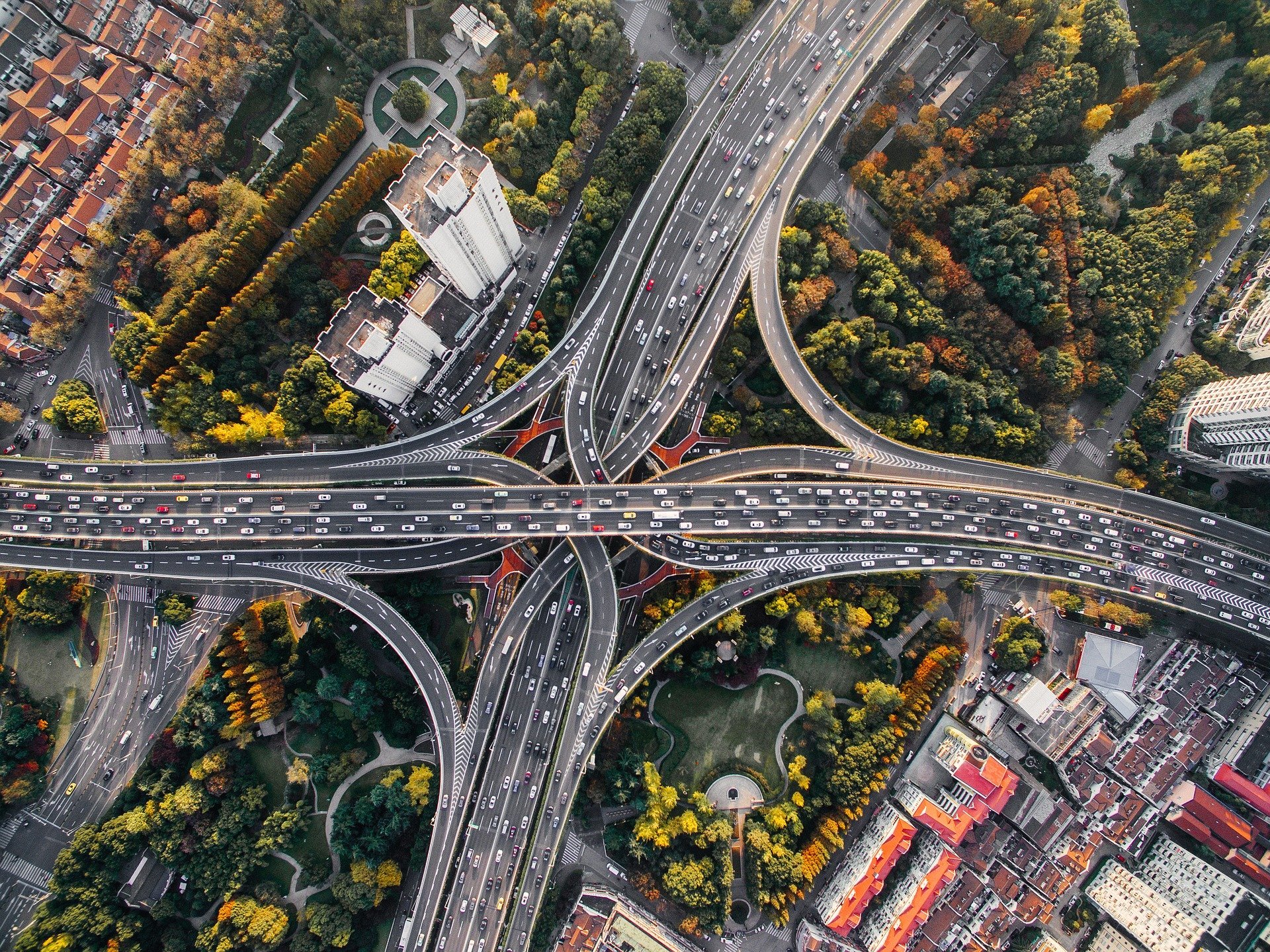
An app from the Finnish start-up Moprim helps people to hop on their bikes or walk more often. You can do something to reduce the CO2 footprint yourself this way. The company makes all the mobility data that they collect available to other companies that offer mobility applications.
Currently, Moprim’s technology is helping to reduce the ecological footprint in the city of Lahti that mobility causes. City residents of Lahti can use the Moprim app to monitor in real-time the CO2 emissions generated by their mobility.
Reward for using low-emission transportation
The data is processed and analyzed in Moprim’s cloud service. Users can track daily emissions from cars and public transport. At the same time, users are encouraged to walk or cycle. What’s more, the use of low-emission means of transport is rewarded with virtual currency. These enable users to purchase products and services at discounted prices.
The aim of the Lahti residents is not just to reduce traffic emissions, but also to collect and share electronic data on mobility and develop new traffic services.
“We are increasing people’s awareness of their mobility-related decisions and their carbon footprint. It is already steering the opinions of individual citizens and decision-makers in a more environmentally friendly direction,” says Petri Martikainen, chair of the Moprim board.
‘Major change in mobility due to corona’
“The coronavirus pandemic has greatly changed mobility. In Lahti, bus travel has clearly declined, while the opposite has happened as far as car travel is concerned,” Martikainen explains. “At the same time, bicycles and electric scooters have become increasingly popular. In order for cities to be able to offer services that are better suited to their requirements, they have to keep an eye on people’s changing mobility needs.”
Mobility sensors
Moprim’s technology is based on algorithms that model motion and movements. Alongside means of transport, they will also be able to determine their future quality by asking questions about, for example, the way individuals drive their cars. The data is collected using mobility sensors that are integrated into smart devices. These algorithms will also make it possible to identify new forms of transport, such as electric scooters.
“Almost all of us carry a smartphone. This makes it possible to effectively observe people’s movements with different vehicles in the urban environment,” Martikainen explains.
He points out that the privacy of users is safeguarded. For one thing, GPS tracking is not necessary to identify transport methods. “All data is processed in an anonymized form. Individuals or their movements cannot be identified from that data. Nor is any individual’s personal data processed in the cloud,” Martikainen stresses.
Mobility competitions
Moprim has also designed a new app, inspired in part by the coronavirus circumstances. This application, called Move Together, gives an overview of the movements of each user and the time spent using various means of transport. The purpose of the application, funded by Business Finland, is to encourage users to expand the way they travel around in ever more environmentally friendly ways. The application can also be used by companies to offer mobility competitions to their employees.
“People move less when they are teleworking. So, it is all about boosting their mobility. For example, you can join a community that encourages you to go on foot or by bike, with sponsors’ incentives increasing according to the distance covered,” says Martikainen.
More IO articles focusing on mobility can be found on this link.








